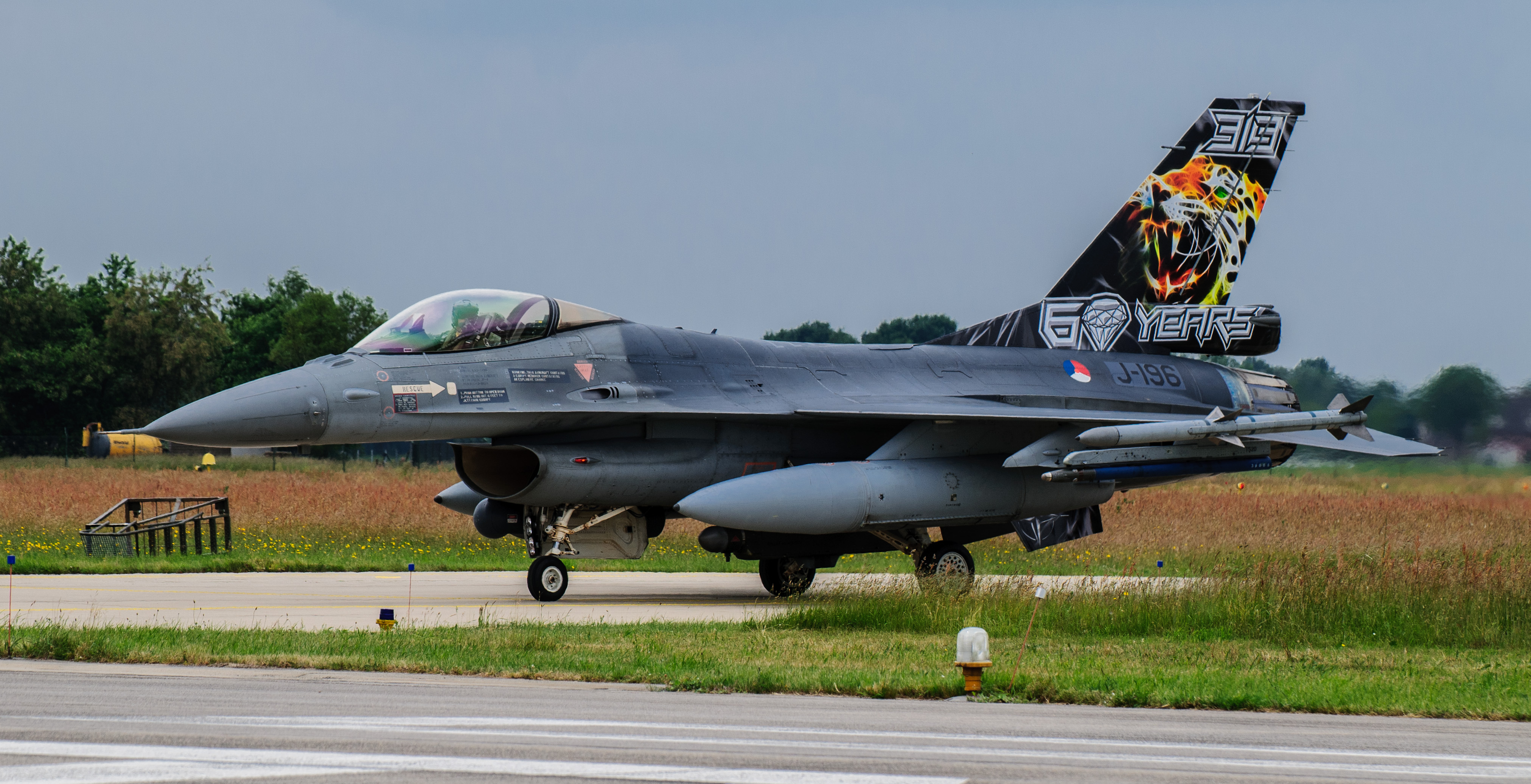
Russian troops’ recent advance in the Dobropillya–Pokrovsk area is more than a tactical movement it is an experiment in how engineering creativity, energy warfare, and supply chain interdiction can meet to change the strategic equation. The 76 square miles picked up in one week, a 145 percent increase over the rate of the preceding week, threatens Kramatorsk’s supply lines and just days ahead of the Trump–Putin summit in Alaska. For defense experts, the bigger picture is the tools and infrastructure being targeted, and the technologies allowing both sides to sculpt the battlefield.

1. Tactical Penetration Supported by Drone Innovation
Russian penetration groups have penetrated as far as 10 kilometers along the Dobropillya axis without mechanized backing, using small firegroups to outflank Ukrainian defenses. Those units are reinforced by an array of improvised unmanned systems. Russian forces are incorporating first-person view (FPV) drones into repeater platforms to expand range, sleeper drones that can remain dormant for weeks, and fiber-optic–guided variants that are resistant to electronic warfare. These systems are realizing a partial achievement of battlefield air interdiction by destroying Ukrainian ground lines of communication (GLOCs) along the T‑0514 and T‑0515 highways, compelling longer, more exposed resupply routes.

2. The Engineering Challenge of Holding Gains
The breakthrough is not yet a functioning one. Russian milbloggers themselves caution that flanks are vulnerable and resupply to forward infiltration units is by air. Without strike drone integration with assault components, the danger of counterattack by Ukrainians is still high. The model is tactical and reflects Russia’s April 2024 push northwest of Avdiivka, in which early advances were difficult to hold. Engineering the logistics bridging, fortifications, and shielded supply routes will tell if these advances can hold.

3. Ukrainian Drone and Air Defense Countermeasures
Ukraine’s defensive victories in late 2024 were largely due to its own drone efforts, which kept slowing Russian reinforcement cycles. The challenge now is to counter Russia’s longer-range drone attacks. Western-supplied counter-UAS solutions and domestic interceptors have to keep up with fiber-optic and low-power sleeper drones. The technical battle is compressing innovation cycles on both sides, emphasizing rapid prototyping and field deployment of countermeasures.

4. Energy Infrastructure as a Parallel Front
Ukraine’s energy network has lost almost half of its war-time generating capacity some 27 gigawatts due to destruction, occupation, or impairment. Russian repeated assaults have made the system 70 percent dependent on three nuclear complexes, each susceptible not to attack but to the disabling of surrounding substations. As Theresa Sabonis-Helf observes, “Securing the grid’s vital substations is now the sole most critical priority for the Ukrainian state’s survival.” A cascading failure would lead to nuclear shutdowns, causing grid collapse and mass displacement.

5. Russian Targeting Logic and the ‘Weaponisation of Winter’
The assault on Ukraine’s energy industry has proceeded in three stages: initial takeover of facilities such as the Zaporizhzhia Nuclear Power Plant; specific winter attacks on heat and hydro stations to create blackouts; and, since 2025, assault on local gas production to increase prices and necessitate increased import reliance. This year alone, missile attacks have taken 800 million cubic meters of gas out of commission, against annual consumption of about 18 billion cubic meters.

6. Ukrainian Attacks on Russia’s Energy Infrastructure
Kyiv’s long-range missile and drone attacks have knocked out 10–17 percent of Russia’s refining capacity, compelling a shift to less lucrative crude exports. Plants like Ryazan and Volgograd run at 48 and 65 percent capacity after multiple strikes. Refinery, storage tank, and pump station damage totals over $700 million, with 97 storage tanks lost or destroyed. These attacks not only cut fuel for Russian military supply chains but also interfere with world energy flows, driving Brent crude prices higher.

7. Building Resilience in Ukraine’s Grid
Despite more than 1,000 cyberattacks on its power grid, Ukraine has shown quick repair capability restoring electricity to 500,000 customers in 24 hours following the 2024 Christmas attacks. Investment in 1.5 million portable generators, 200 MW of battery storage, and distributed generation is supporting resilience. Nonetheless, without adequate air defense for key substations and cross-border transmission lines, these are stopgaps. The International Energy Agency has called for a transition to decentralized systems combining renewables, modular gas turbines, and storage to minimize exposure.

8. The Role of Airpower and F‑16 Integration
The F‑16 fleet of Ukraine, small as it is and already taking losses, provides multi-role capabilities that can supplement ground-based air defenses in defending infrastructure and interdicting Russian supply lines. With a radius of combat over 500 miles and the ability to be used with AIM‑120 AMRAAM and AGM‑88 HARM missiles, the F‑16 is capable of attacking not only airborne targets but also radar installations facilitating Russian missile attacks. Successful integration into Ukraine’s air defense network would be able to protect substations and GLOCs against the type of recurring drone harassment currently observed in the Pokrovsk area.

9. Strategic Implications Prior to Negotiations
The coincidence of timing of Russia’s amplified advances and Ukraine’s deep-strike operations is no accident. Moscow wants to present control of Donetsk, Luhansk, Zaporizhia, and Kherson as permanent before the Alaska summit. Energy warfare both the destruction of the Ukrainian grid and the weakening of the Russian refining industry has been made a bargaining lever, with both sides showing the ability to inflict lasting economic damage. For policymakers, battlefield engineering, energy infrastructure resilience, and negotiation leverage have now become the confluence that is central to predicting the direction of the war.


